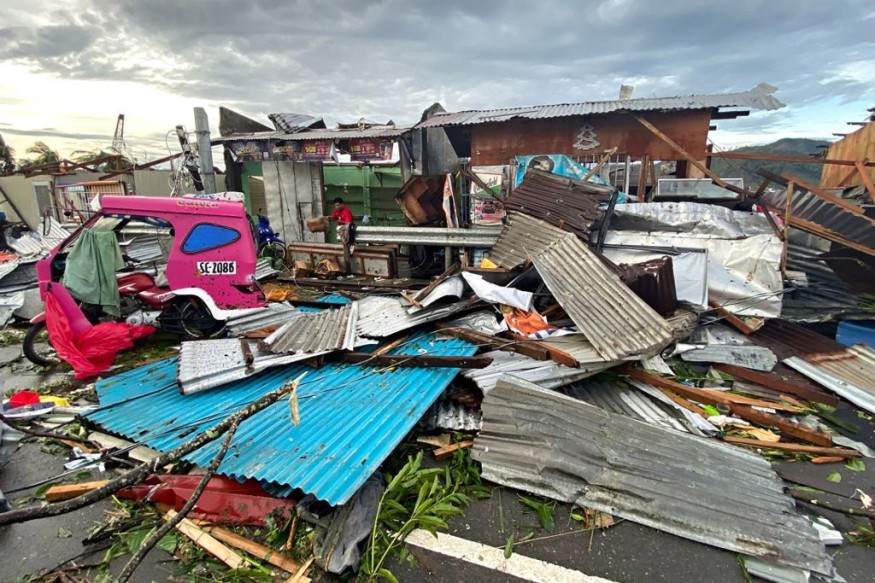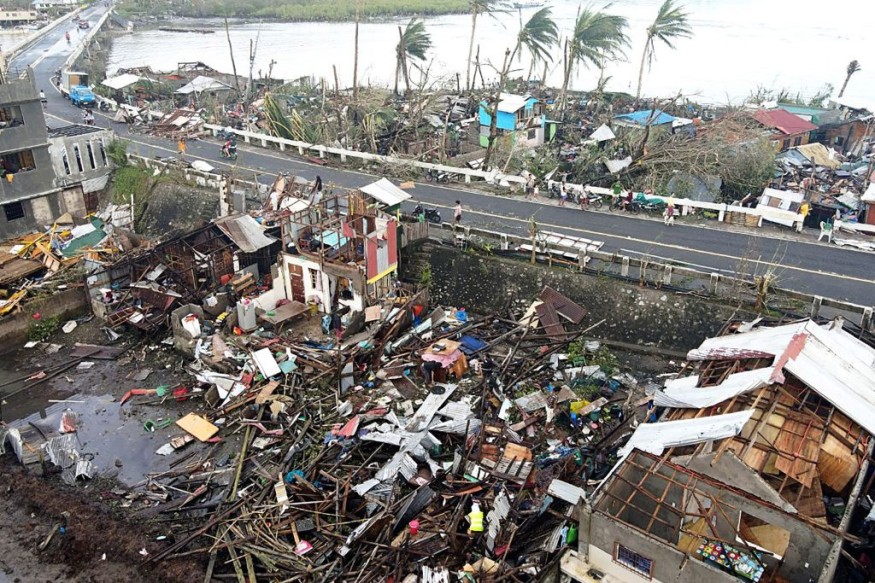On Friday, the true extent of the devastation caused by Super Typhoon Rai in the Philippines began to emerge. At least 200 people have died due to the violent storm, which has closed off several villages from the outside world and has been characterized as "one of the most powerful typhoons to ever hit the southern Philippines" by the chairman of the Philippine Red Cross.

Super Typhoon Rai
On Thursday (Dec. 16), Typhoon Odette (international name: Rai) wreaked havoc on Mindanao and the Visayas, sweeping through six regions where at least 3.8 million people live below the poverty line, according to UN estimates.
On Friday, the Philippine Coast Guard published overhead photographs of residences devastated and rendered unrecognizable by Rai's wrath.
As the typhoon roared ashore Thursday afternoon, local time, with the equivalent strength of a Category 5 hurricane on the Saffir-Simpson Hurricane Wind Scale (maximum sustained winds of at least 156 mph or 250 km/h) in the Atlantic or East Pacific basins, Siargao Island sustained significant damage. According to the National Disaster Risk Reduction and Management Council (NDRRMC) of the Philippines, Rai made eight landfalls as it wended its way across the different islands that make up the country's south-central region.
Flooding Cities and Towns

Rai, which flooded cities and towns, tore houses and businesses apart, strewn the ground with broken power lines, snapped trees, and other debris, was dubbed "a nasty surprise for the Christmas season" by the International Federation of Red Cross and Red Crescent Societies (IFRC).
"The full picture is only now emerging, but it is clear there is widespread devastation. It is heartbreaking to see homes, Red Cross offices, and even a hospital ripped apart, and we have grave concerns for people in areas such as Siargao and other islands that still have no communication and contact with the outside world," Alberto Bocanegra, IFRC Head of the Philippine Country Office, said in a statement.
According to Al Jazeera, government authorities have difficulty estimating the entire extent of the damage caused by the widespread loss of telecommunications in the impacted areas. Rescuers find it increasingly difficult to access the hardest-hit regions due to flooded roads and large debris.
Challenging Rescue Operation
According to Al Jazeera, government officials are having trouble gauging the total amount of the damage caused by the widespread loss of telecommunications in the affected areas. Due to flooded roads and significant debris, rescuers find it more challenging to reach the hardest-hit areas.
Monitoring the West Pacific

AccuWeather's meteorologists had been watching the area of the West Pacific where Rai developed for more than a week before it formed. Rai became a tropical storm over the southern Philippine Sea on Monday, Dec. 13, before growing to a typhoon by midweek and swiftly increasing into a super typhoon when it approached the Philippines on Thursday.
For more news about the environment , don't forget to follow Nature World News!
© 2025 NatureWorldNews.com All rights reserved. Do not reproduce without permission.





